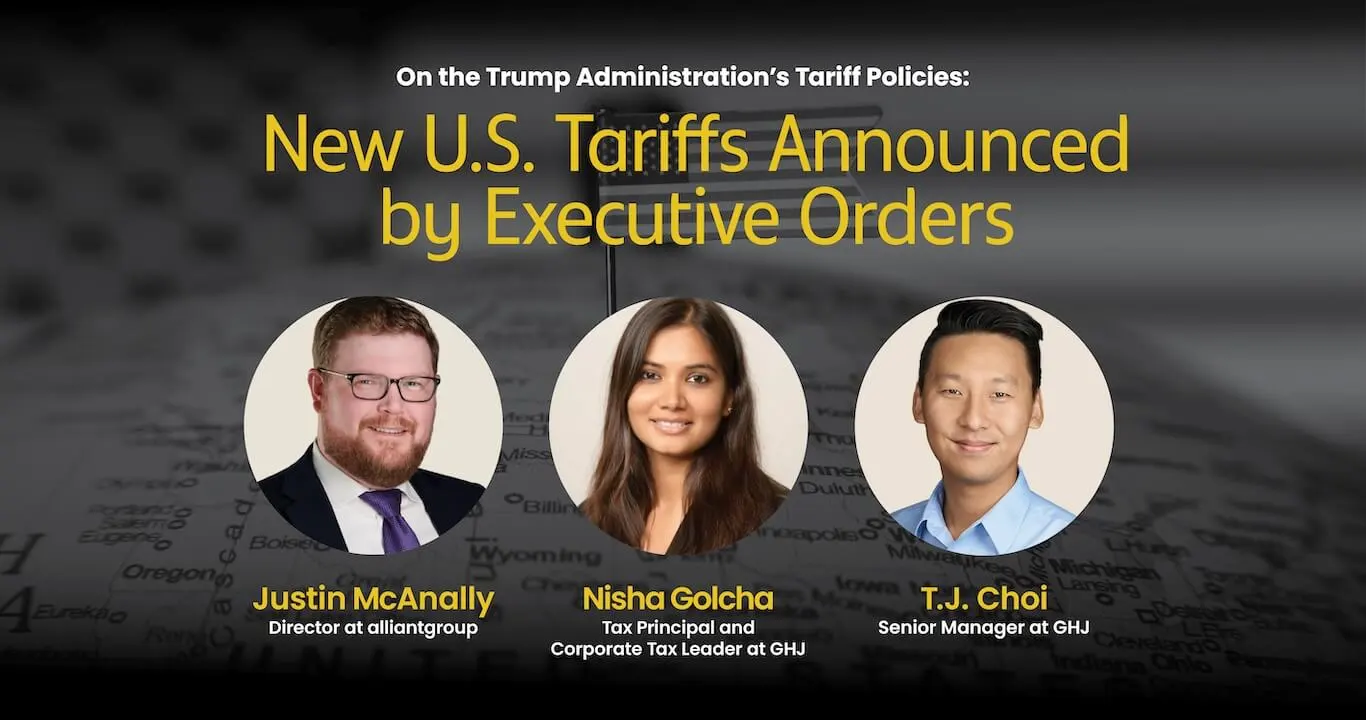PUBLISHED IN
Quotes from Eric Hylton, Former IRS Commissioner of the Small Business/Self Employed Division; alliantgroup National Director of Compliance
If you have any questions about this article, please send us a message.
An IRS initiative that will allow businesses to withdraw questionable employee retention credit claims is being hailed as a positive development that could help taxpayers and the IRS alike.
The agency is providing a withdrawal option for “small business owners and others who were pressured or misled by ERC marketers or promoters into filing ineligible claims,” according to an October 19 IRS news release that was previewed the previous day at the American Bar Association Virtual Fall Tax Meeting. Claims that are withdrawn will be treated as though they were never filed, allowing businesses to avoid potential repayment, interest, and penalties if their claim doesn’t pass muster.
The announcement comes a year after the IRS first began warning about ERC-related scams.
“It’s interesting to see how this has played out over the last year,” Devin Tenney of Baker Tilly US LLPtold Tax Notes. “The moratorium last month showed that despite the IRS’s repeated warnings since last October, they had been largely disregarded.”
The IRS last month announced a moratorium on the processing of new ERC claims, which is set to last through at least December 31. Since last year, the IRS has been warning taxpayers about scams related to the ERC, being pushed by promoters using aggressive marketing tactics. In July the IRS saidit had cleared its backlog of ERC claims and had shifted its focus to auditing claims and rooting out fraud.
According to the IRS news release, ERC scammers have changed their strategy since the moratorium announcement to persuade employers to agree to “costly up-front loans in anticipation of a refund.”
Reining in Fraud

The IRS should be commended for its response, according to Eric Hylton of alliantgroup LP. “They really laid out a true multi-prong strategy . . . to prevent small businesses from falling victim to this tax fraud related to ERC,” said Hylton, former commissioner of the IRS Small Business/Self-Employed Division. “This is a great move by the IRS, especially with the number of late . . . ERC claims that are coming in.”
One caveat is that taxpayers that withdraw fraudulent claims wouldn’t be immune from criminal prosecution, Hylton said. “The Service is trying to be as liberal as possible to allow taxpayers who potentially have been taken advantage of by some aggressive promoter to ensure that they can get their tax return corrected,” he said.
Tom Cullinan of Chamberlain, Hrdlicka, White, Williams & Aughtry told Tax Notes that voluntary compliance initiatives like this one are an important tool for tax administration.
“You’re giving taxpayers an opportunity to come back into compliance, which at the end of the day is what the IRS wants. And at the same time . . . it allows the IRS to redirect resources that it otherwise might have used to adjust bad claims that taxpayers self-correct,” Cullinan said.
Cullinan, a former counselor to the IRS commissioner, said he was pleasantly surprised to see that even taxpayers under audit can take advantage of the withdrawal option. The IRS said that employers under audit can send a withdrawal request to the examiner working their case or respond to the notice.
Withdrawing a Claim
According to the IRS, employers can withdraw their claim if it was made on an adjusted employment return; the return was filed exclusively to claim the ERC and no other adjustments were made; they want to withdraw the entire amount of their ERC claim; and the IRS has yet to pay their claim, or the IRS paid it but they haven’t cashed or deposited the check. Taxpayers who are ineligible for the withdrawal initiative can still file an amended return to reduce or eliminate their ERC claim, the IRS said.
Instructions for submitting a request are available in an IRS fact sheet.
The IRS explained that for taxpayers who haven’t received or cashed their refund check, withdrawal requests can be faxed or mailed. Taxpayers who received a refund check, but haven’t cashed or deposited it, can withdraw their claim by mailing the voided check with their withdrawal request.
Featured Leadership

Eric Hylton held several prominent positions at the IRS, including serving as Deputy of the Criminal Investigation Division and as CI’s head of International Operations. As National Director of Compliance, Eric employs his years of experience at the IRS to assist alliantgroup’s clients as an ambassador for U.S. small and medium sized businesses (SMBs) and in helping others become tax compliant.



